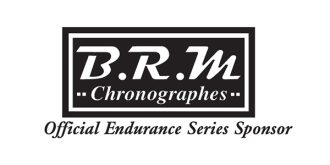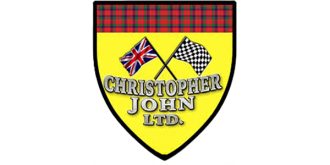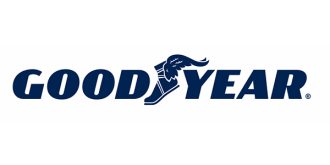ABOUT HSR
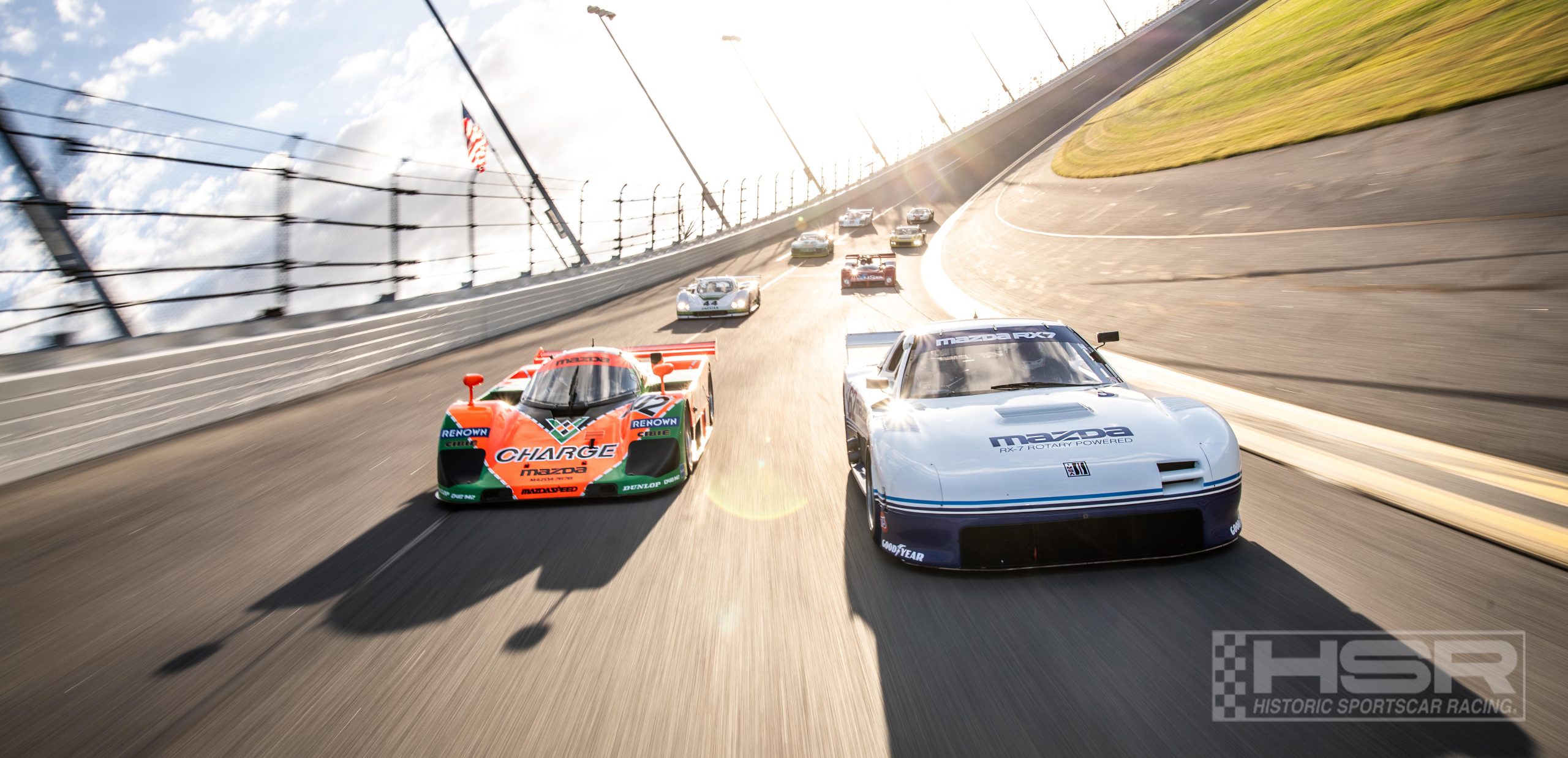

Historic Sportscar Racing (HSR) is North America’s premier vintage and historic racing series, celebrating the cars, sights, and sounds that define motorsport’s golden eras. Founded in 1977 with its inaugural event—the Walter Mitty Challenge at Road Atlanta—HSR has evolved into a vibrant community where legendary race cars return to the track and motorsport history comes alive. Now operating under the International Motor Sports Association (IMSA), HSR stages seven major events annually at world-renowned venues, including Daytona International Speedway, Sebring International Raceway, Michelin Raceway Road Atlanta, and Watkins Glen International.
Among the most anticipated events on the calendar are the HSR Classic 24 Hour at Daytona and the HSR Classic 12 Hour at Sebring, both presented by Mission Foods. These endurance events have become hallmarks of the historic racing scene, blending authentic competition with immersive fan experiences. More than just a race weekend, HSR events are living museums in motion—where fans, drivers, and teams unite around a shared passion for rich motorsport legacy. Each event features packed grids that span over seven decades of racing history, offering a unique chance to get up close with iconic prototypes, GT cars, and the enthusiasts who keep them running to this day.
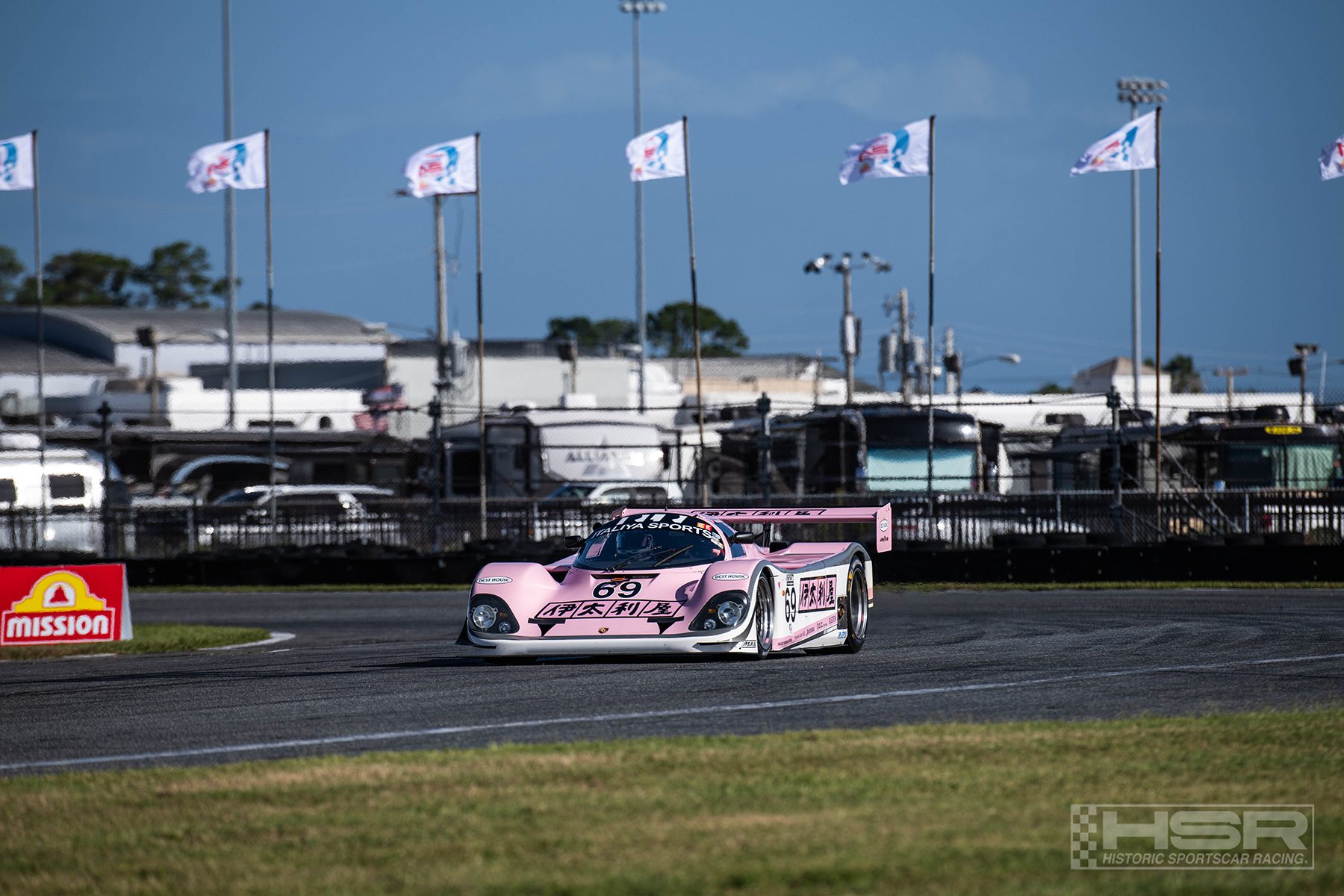

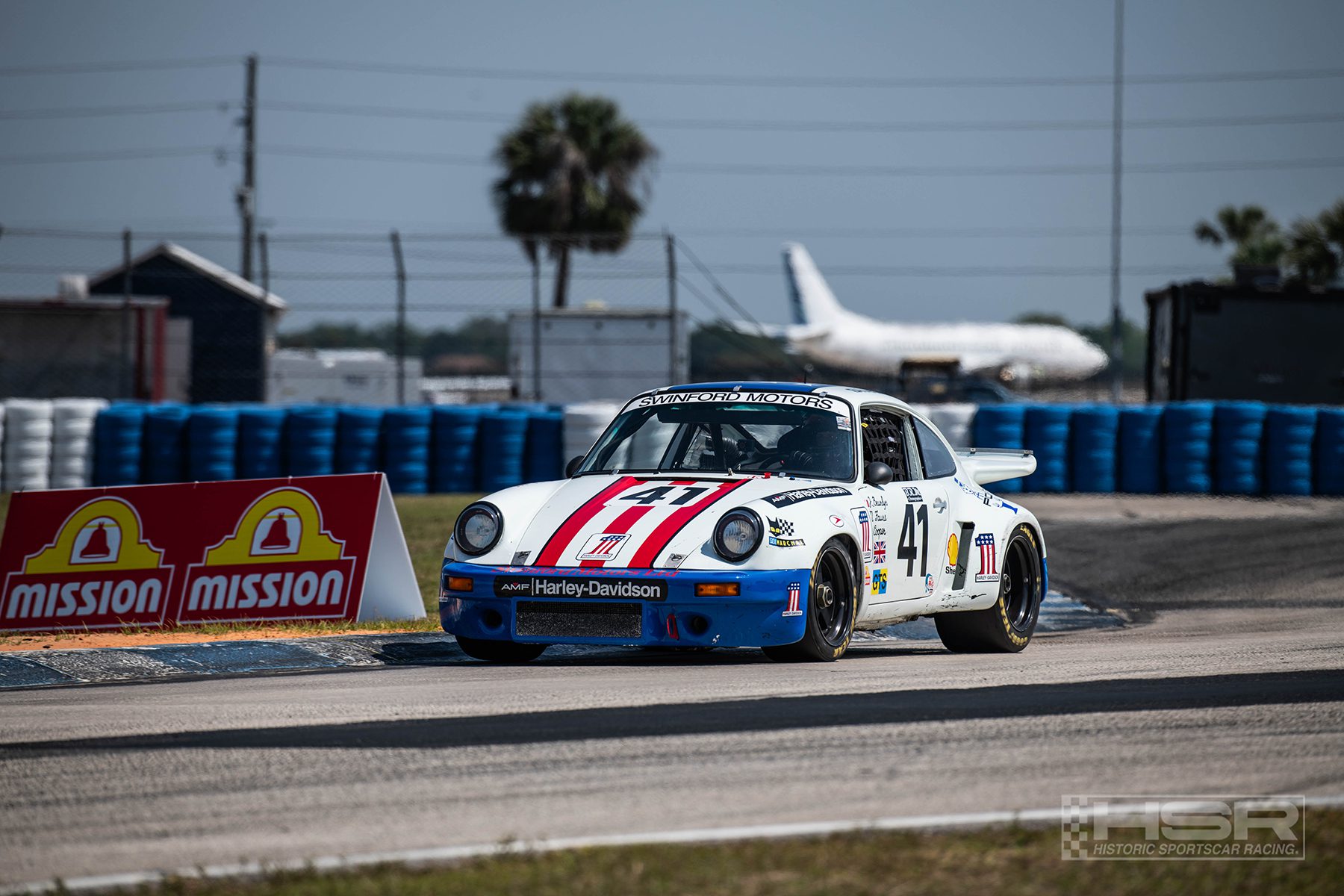

HSR competitors can choose from a diverse array of racing formats, including the WeatherTech Sprint Series, the SASCO Sports International/American Challenge, the Global GT Challenge, the B.R.M Chronographes Endurance Challenge, the Prototype Challenge and the NASCAR Classic Series. The Classic Endurance Championship, presented by Mission Foods, is HSR’s newest and most exciting addition—a fan-favorite that pays tribute to IMSA’s storied endurance racing heritage while expanding HSR’s competitive landscape.
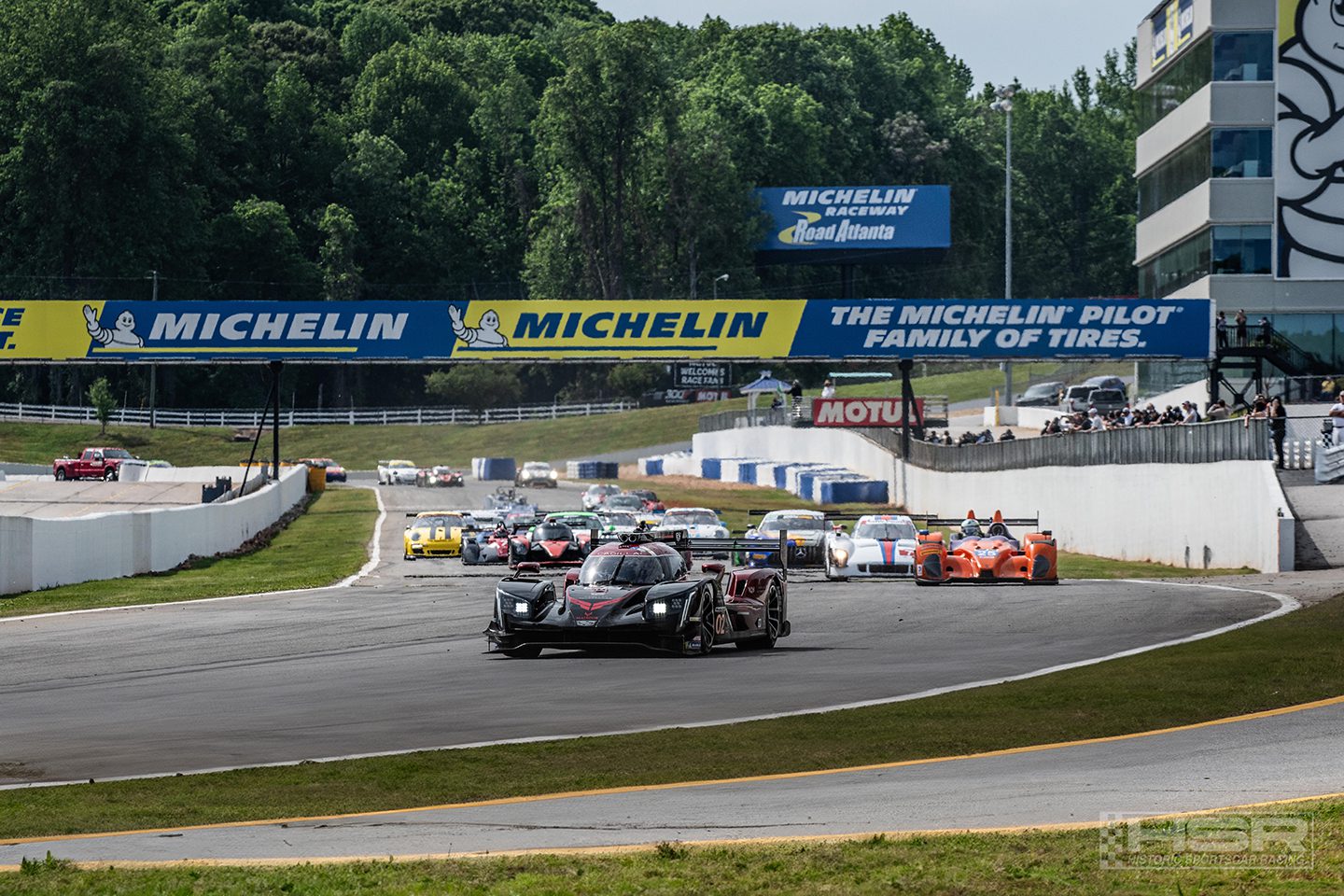

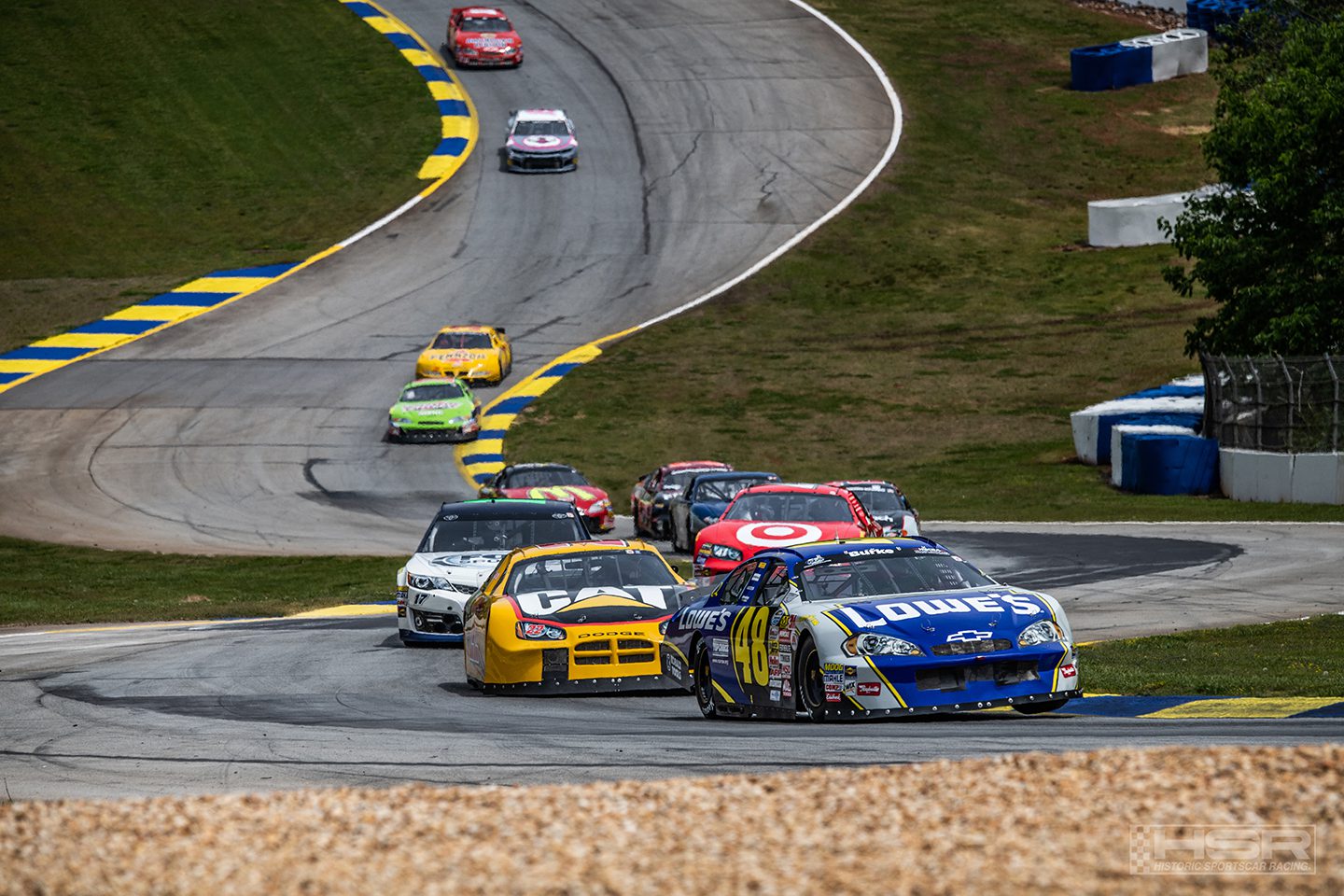

To complement its regular season schedule, HSR sanctions the IMSA Classic, an invite-only race that celebrates IMSA history in support of the Rolex 24. In addition, HSR serves as the official sanctioning body for two of the most prestigious historic racing events in the world: the Rolex Monterey Motorsports Reunion and the Porsche Rennsport Reunion. With record-breaking entries and a rapidly growing international audience, HSR offers an unmatched platform for brand partners seeking authentic engagement with a passionate, upscale demographic. Current partners activating within the series include WeatherTech, Hagerty Insurance, Mission Foods, Sunoco, Southern Race Fuels, B.R.M Chronographes, SASCO Sports, Stand 21, Speedcom, HMS Motorsport, Ford, and Bravo Trailers.
Stay connected with HSR on social media via the HSR Channel on YouTube, on Facebook at facebook.com/HSRrace, on Twitter/X @HSR_race, and on Instagram @HistoricSportscarRacing.


